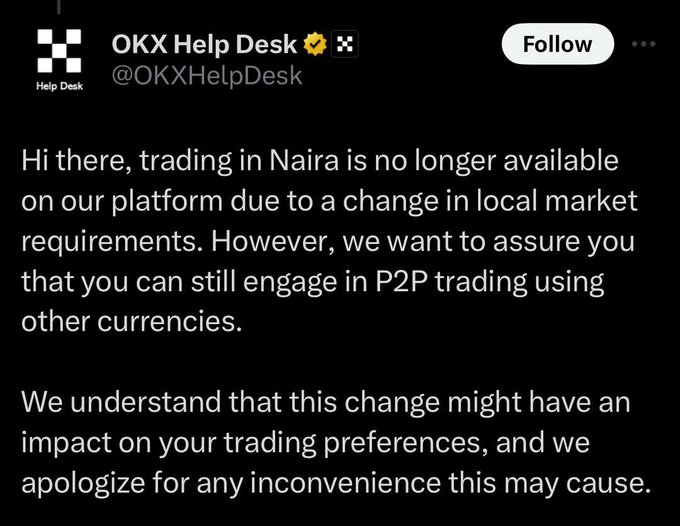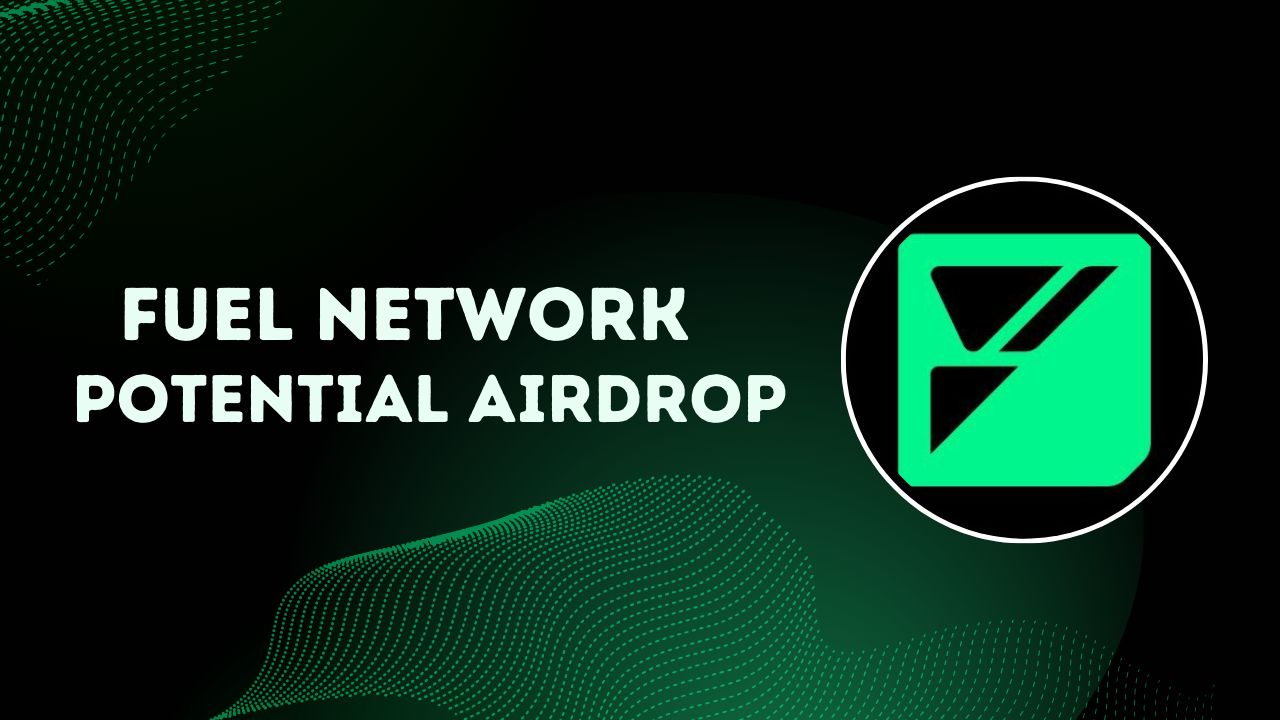Understanding DeFi
Decentralized Finance, commonly known as DeFi, is a groundbreaking financial technology that allows individuals to access financial services without relying on traditional intermediaries. DeFi leverages secure distributed ledgers to enable peer-to-peer transactions, thus solving numerous problems and providing direct access to capital and financial services. This approach ensures an open, transparent, and inclusive financial ecosystem.
Core Components of DeFi
DeFi consists of several key elements:
- Cryptocurrency: Digital assets used for transactions.
- Blockchain Technology: Creates a decentralized and immutable ledger where transactions are recorded and verified through automated processes. Each transaction is encapsulated in a block, forming a tamper-proof record.
- Specialized Software: Facilitates seamless financial interactions through decentralized applications (DApps).
Digital Wallets
Digital wallets are crucial in DeFi, acting as interfaces through which users interact with the blockchain. These wallets use private keys to manage and transfer cryptocurrencies, ensuring the authenticity and integrity of transactions. Users retain full control over their assets, enabling smooth peer-to-peer transactions.
Decentralized Applications (DApps)
DApps are software programs that provide access to various financial services without intermediaries. These applications leverage blockchain technology to automate and execute transactions, ranging from lending and borrowing to trading and asset management. DApps eliminate the need for centralized intermediaries, offering unprecedented autonomy and power to users.
Key Features and Benefits of DeFi
- Accessibility: DeFi makes financial services accessible to anyone with an internet connection and a crypto wallet. This is particularly significant for the unbanked and underbanked populations.
- Transparency: DeFi platforms operate on public blockchains, allowing open access to transaction data and protocol details. This transparency fosters trust among users and reduces the risk of fraud and manipulation.
- Interoperability: DeFi protocols are designed to work together seamlessly, allowing developers to build on existing protocols and integrate third-party applications. This fosters innovation and the development of complex financial products and services.
- Security: DeFi platforms use cryptographic techniques and decentralized consensus mechanisms to ensure the security of funds and transactions. Data coordination across a decentralized architecture enhances security and auditability.
Applications of DeFi
Decentralized Exchanges (DEXs)
DEXs allow users to trade cryptocurrencies directly with each other without intermediaries. This reduces the risk of theft and price manipulation. DEXs, like Uniswap and AirSwap, offer liquidity, transparency, and security, enabling direct exchanges from digital wallets. Services like MetaMask Swaps help users find the best price by comparing rates across various DEXs.
Peer-to-Peer Lending and Borrowing
DeFi enables direct lending and borrowing of cryptocurrencies without intermediaries. This model allows borrowers to negotiate interest rates and terms directly with lenders, creating a more democratic and transparent financial ecosystem. Protocols like Compound facilitate earning interest on idle crypto assets and borrowing crypto for various purposes. Smart contracts automatically match lenders and borrowers on the blockchain, with interest rates fluctuating based on supply and demand.
Stablecoins and Synthetic Assets
Stablecoins are cryptocurrencies pegged to stable assets, like fiat currencies or commodities. Imagine a cryptocurrency that holds its value steady, providing a consistent value even during market turmoil. This stability is why stablecoins are widely used for everyday transactions, sending money overseas (remittances), and borrowing and lending in crypto. Central banks are even considering stablecoins as models for digital versions of their own currencies (CBDCs).
Synthetic Assets are similar to stablecoins but allow you to invest in assets like gold or other currencies without buying them directly. These tokens are backed by collateral locked in smart contracts, ensuring stability even if prices fluctuate. For example, the Synthetix protocol requires a high collateralization ratio (750%), which helps maintain stability.
DeFi platforms use stablecoins and synthetic assets to provide stability and liquidity to the ecosystem, enabling seamless transactions and mitigating volatility risks.
Tokenization and Trading in DeFi
DeFi thrives on two main ingredients: tokens and trading.
Tokens are digital assets built on blockchains like Ethereum and can be programmed for various purposes. For example, a token might represent a fraction of real estate, allowing you to invest without buying the whole property. Or, it could act as a key to unlock special features within a DeFi application.
Trading in DeFi goes beyond buying and selling cryptocurrencies. It includes activities like derivatives trading, margin trading, and easy swapping between different crypto tokens. The benefits of DeFi trading include lower fees, faster transaction settlements, and maintaining control over your crypto assets. DeFi turns into a vast, interconnected marketplace where tokens are the building blocks, and various trading options cater to specific needs.
The Versatility of DeFi Applications
DeFi encompasses a wide range of applications, including decentralized exchanges, liquidity provision, gambling, prediction markets, and non-fungible tokens (NFTs). These diverse applications highlight the versatility of the DeFi ecosystem.
Potential Impact of DeFi
- Financial Inclusion: DeFi has the potential to provide financial services to the unbanked and underbanked populations, who lack access to traditional banking services. By removing barriers to entry and offering permissionless access to financial tools, DeFi can empower individuals in developing countries to participate in the global economy.
- Lowering Barriers to Entry: Traditional financial systems often impose high barriers to entry, including costly fees, minimum account balances, and geographical restrictions. DeFi protocols are open to anyone with an internet connection and require minimal upfront investment, democratizing access to financial services for users worldwide.
- Innovation and Experimentation: The decentralized nature of DeFi fosters innovation and experimentation, as developers have the freedom to create new financial products and services without the need for approval from central authorities. This environment has led to the rapid evolution of DeFi, with new protocols and applications being developed at a staggering pace.
The overarching goals of DeFi encompass accessibility, affordability, security, and autonomy in financial transactions. By leveraging blockchain technology and smart contracts, DeFi aims to democratize access to financial services, enable peer-to-peer transactions, and reduce reliance on centralized institutions.







